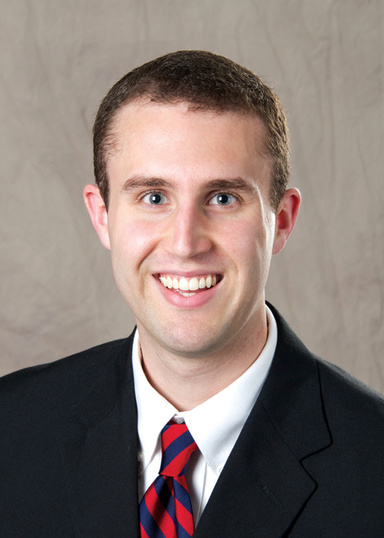Oct. 29 is World Stroke Day, part of a global campaign by the World Stroke Organization to raise awareness of this devastating neurological condition that kills or disables millions of people worldwide every year.
The numbers are sobering: one in six people in the world will have a stroke in their lifetime; 15 million people worldwide (including more than 795,000 in the United States) experience a stroke every year, and 6 million of them do not survive; and stroke is a leading cause of disability worldwide.
However, one message from the World Stroke Organization is that stroke can be prevented and treated. The organization aims to improve everyone’s understanding of the facts about stroke and to spread the word about these potentially life-saving behavioral and lifestyle changes people can make to reduce their risk of stroke:
- Get blood pressure under control
- Lose weight
- Control diabetes and cholesterol levels
- Stop smoking
Recognizing the warning signs of a stroke can also have a profound impact on stroke outcomes, by reducing the time to treatment.
For the approximately 87 percent of strokes caused by a blood clot, treatment with a clot-busting drug within three hours of the stroke onset can significantly limit the extent of brain damage and lead to good recovery.
The dramatic importance of timely intervention in stroke was driven home recently for a student at the UI Carver College of Medicine.
One afternoon last summer, while on the neurology rotation, James Alstott, a fourth-year medical student from Laurens, Iowa, and other members of the stroke team were called down to the emergency room for a code stroke patient: a 72-year-old man with multiple risk factors, and an acute onset of right-sided paralysis of his face, arm, and leg.

“Our team rapidly responded and evaluated the patient,” Alstott says. “With some fine detective work, we deduced from his cell phone call log that his symptoms developed within the accepted time range to give a tissue plasminogen activator (tPA), a clot-busting drug. Within seven minutes of starting the tPA infusion, the patient had a most dramatic response as he regained complete function of his right arm and leg.”
Alstott says the man’s response was the closest thing to a miracle he’d ever witnessed.
“It literally brought tears of joy to my eyes,” he says. “I was so enthused by what I witnessed and was a part of that I called my parents in the evening to tell them about my experience. They could tell by my account of the story how excited I was and how humbled I am to be in a profession that has such impact on people’s lives.”
He says his experience was heightened because he had witnessed the effects of an untreated stroke on his grandmother, which left her with partial paralysis and loss of her independence.
“It was amazing to see someone recover so quickly because the correct treatment was started in a timely fashion,” he says.